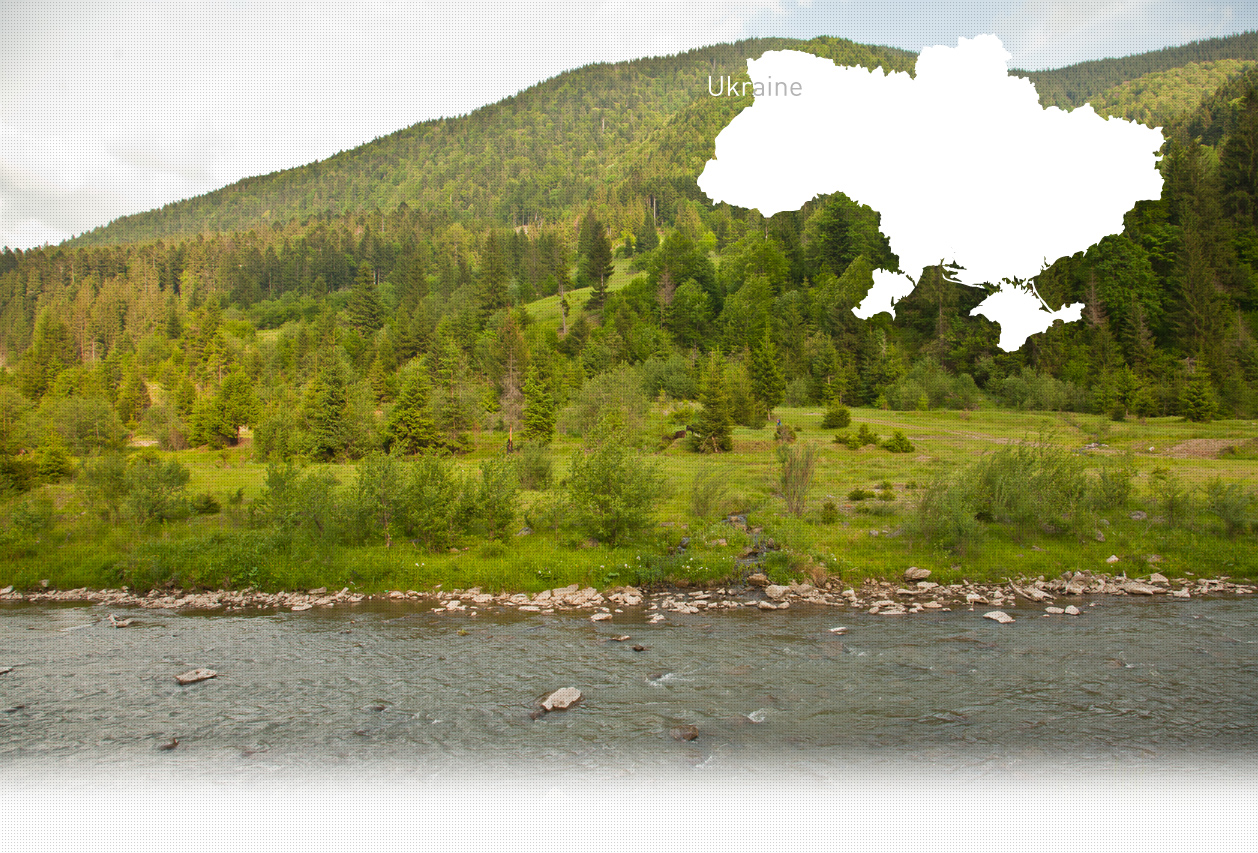

1 Killing site(s)
Nadia S., born in 1929, remembered: “On the day of the shooting, I went with my grandmother to milk the cow, but we couldn’t pass as the way was blocked by the Germans. They stopped us about 50m away from the gathering point, where all the Jews were told to assemble on October 16. They all waited there, some of them sat down, and others remained standing up. They cried a lot. They couldn’t escape anywhere because the territory was sealed off by Germans and policemen. There were a lot of children of different ages. I remember mothers holding their children in their arms and crying. I think they already knew what was waiting for them… They seemed to be desperate. We didn’t stay a long time there, the Germans let us pass when we showed him where we were going to.” (Witness n°1922, interviewed in Zasullia, on October 16, 2015)
“On October 16, 1941, at 9:00 in the morning, they had already begun making the civilian residents, women, the elderly, and children, run in groups of 35-40. My wife and I were able to see women who were holding small babies in one hand and two or even three children in the other. The elderly also carried or led their grandchildren by the hand. […]
From my house, through the opened window, we could see the atrocities committed against the civilians on the site where they were shot. Once all women, children and elderly people were assembled there, they were forced to take off their underwear and line up at the edge of the ditch. Later, someone fired with an automatic weapon and the corpses fell down into the pit.” [Deposition of a local witness, Moisei P., taken on April 27, 1944, to the Soviet Extraordinary Commission; RG 22.002M. Fond 7021, Opis 70, Delo 981]
“In the morning, when we left, we didn’t know what kind of intervention it would be. When we had to go to the prison in order to load the detainees into the trucks, we suspected what was waiting for us. I think that in each truck, there were about 20-25 people. Once the truck was full, we put them in a column to lead them outside of town. After about 15 minutes of driving, we stopped at the sand quarry where the gendarmes and the shooters had to form a barrier chain. According to my estimation, there were about 50 soldiers, mostly gendarmes, who formed the barrier. The trucks had to arrive at the pit in reverse so that the detained could get off directly into the pit. Once the barrier was made, I had to open the truck from the back and the detainees got off, one by one, after undressing and leaving their clothing in the truck. One pit measured 20m in length, 3m wide and about 1,5-2m in depth. I didn’t participate in the shooting because I had to stay close to the truck, located about 10m away from the pit. I could observe everything well from that location. As I started to explain, the detainees had to undress inside the truck, get down at the bottom of the pit, lay down facing the ground before being shot.” [Deposition of a driver of FK 608, taken on September 24, 1963 ; B162-5885 pp.24-30]
Lubny is located on the banks of the Sula River, midway between Kyiv and Poltava, about 130km northwest of Poltava. The first Jewish settlements in Lubny dated back to the 17th century. During the pogroms in 1648-1649, a few hundred Jews were killed. With time, the Jewish community increased and reached 3,500 people by 1939 (12% of the local population). A well-known Jewish writer and playwright Shalom Aleichem, born in Poltava, lived in Lubny for three years, from 1880 to 1883.
In the 1920s, there were many small industries, such as the tobacco factory, flour mill, rope factory, where a small percentage of Jews worked. Other Jews were involved in trade; almost 90% of stores belonged to Jews or worked as artisans. There was a Yiddish school, a synagogue and cemetery in Lubny. The Germans occupied Lubny on September 13, 1941. By that time, many Jews had managed to evacuate and young Jewish men were enlisted into the army.
Following the arrival of German forces in Lubny, all Jewish residents were registered and marked. Shortly afterward, on October 10, 1941, the German commander of Lubny issued an order requiring all Jews from the town and surrounding areas to prepare for “resettlement.” Notices were posted throughout the town, instructing Jews to bring their belongings and food supplies for three days and to assemble at a designated meeting point on Zamostye Street (according to other sources, outlying part of Lubny named Zasulye).
On the morning of October 16, approximately 4,500 Jews gathered at the site, believing they were being relocated. Instead, they were marched by members of Sonderkommando 4a, with assistance from local police, to a nearby rope factory. There, the victims were forced to undress and were then driven in groups of 35 to 40 people toward anti-tank trenches near the factory, where they were executed by gunfire.
According to German reports from Sonderkommando 4a, more than 1,800 Jews were killed on that day. The perpetrators confiscated valuables and usable clothing, while the remaining garments were burned. Eyewitness testimonies and Soviet archival sources suggest that children were not shot but poisoned.
In the months that followed, further killings took place. Dozens of Jews who had managed to hide, as well as skilled workers whose lives had initially been spared, were executed during April and May 1942.
Do you have additional information regarding a village that you would like to share with Yahad ?
Please contact us at contact@yahadinunum.org
or by calling Yahad – In Unum at +33 (0) 1 53 20 13 17